The Bray to Greystones Cliff Walk is closed
Bray Greystones Cliff Walk
Bray Greystones Cliff Walk
Situated 21km from Dublin City Centre we have Bray the longest established seaside town in Ireland. Enjoy Bray’s beachfront promenade it’s a mile long and ideal for a leisurely stroll.
Situated 21km from Dublin City Centre we have Bray the longest established seaside town in Ireland. Enjoy Bray’s beachfront promenade it’s a mile long and ideal for a leisurely stroll.
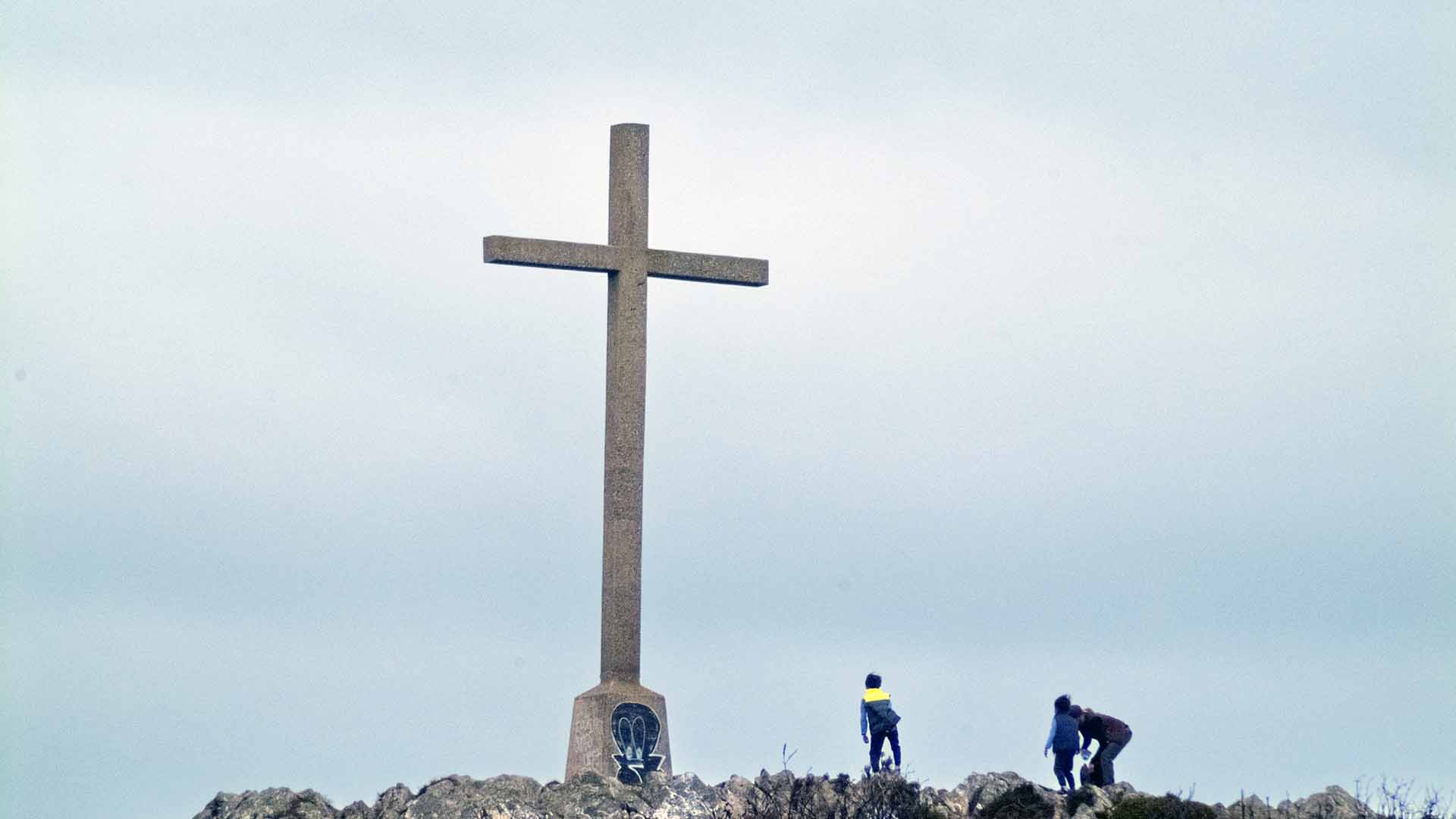
Bray Head at the top sits a concrete cross erected in 1950 for holy year (1953).
Bray Head at the top sits a concrete cross erected in 1950 for holy year (1953).
The Bray to Greystones Cliff Walk is magical, it rivals all for beauty and fantastic views.
The Bray to Greystones Cliff Walk is magical, it rivals all for beauty and fantastic views.
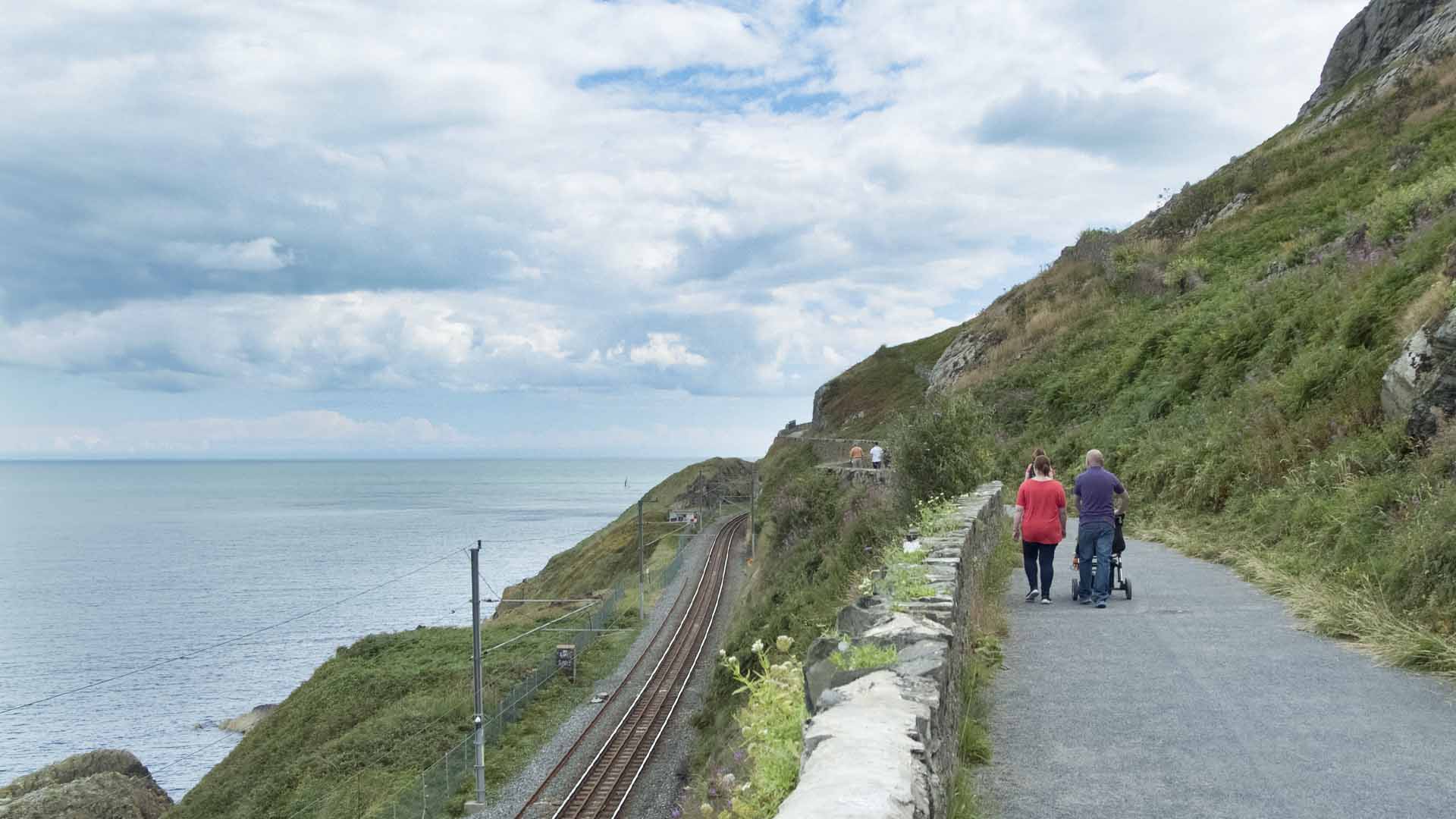
It’s approximately 5.5km to Greystones from here, with a good path most of the way.
It’s approximately 5.5km to Greystones from here, with a good path most of the way.
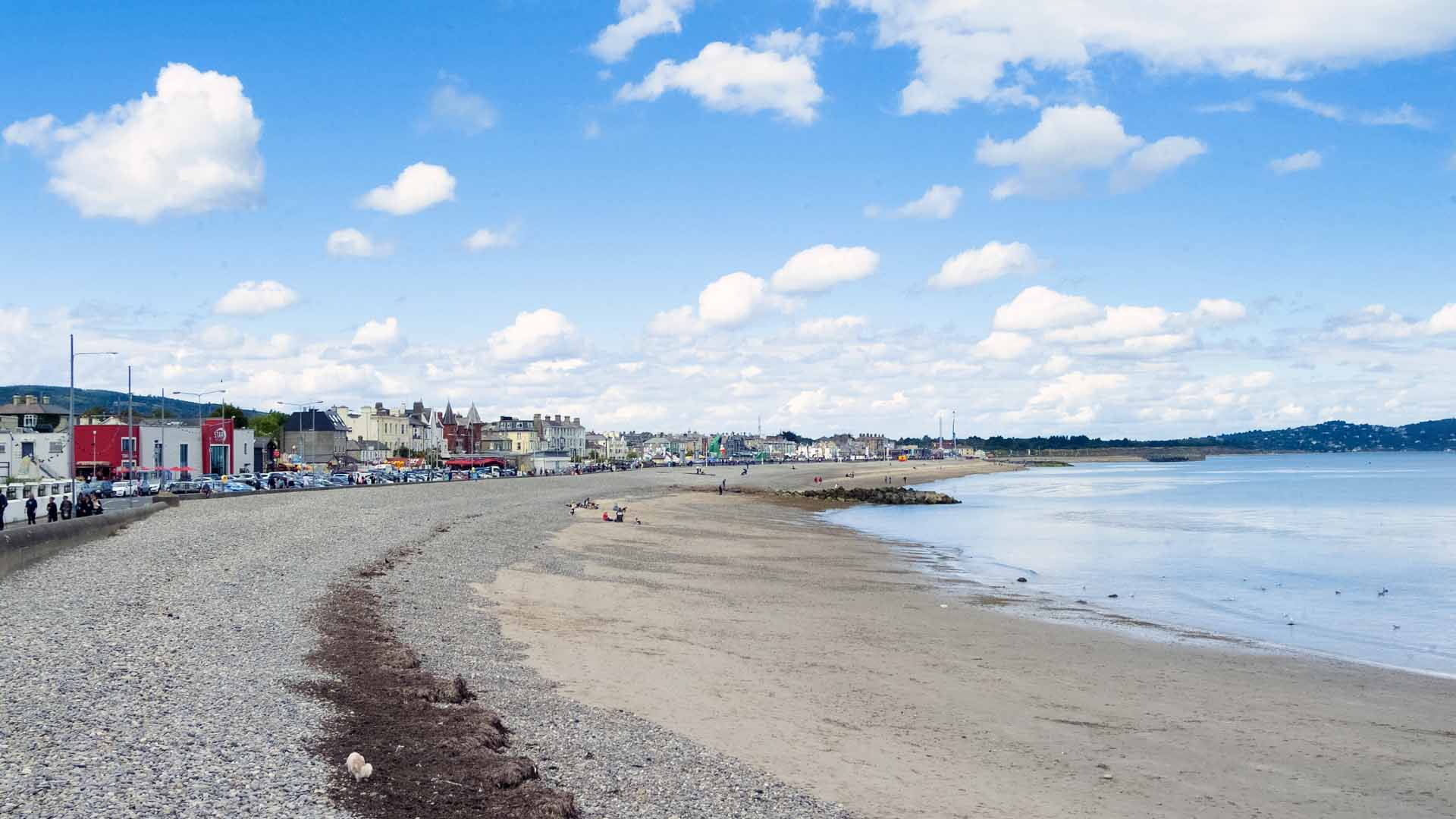
It’s a must for Train lovers, the Dublin to Rosslare line will accompany you some of the way before disappearing under the Mountain.
It’s a must for Train lovers, the Dublin to Rosslare line will accompany you some of the way before disappearing under the Mountain.
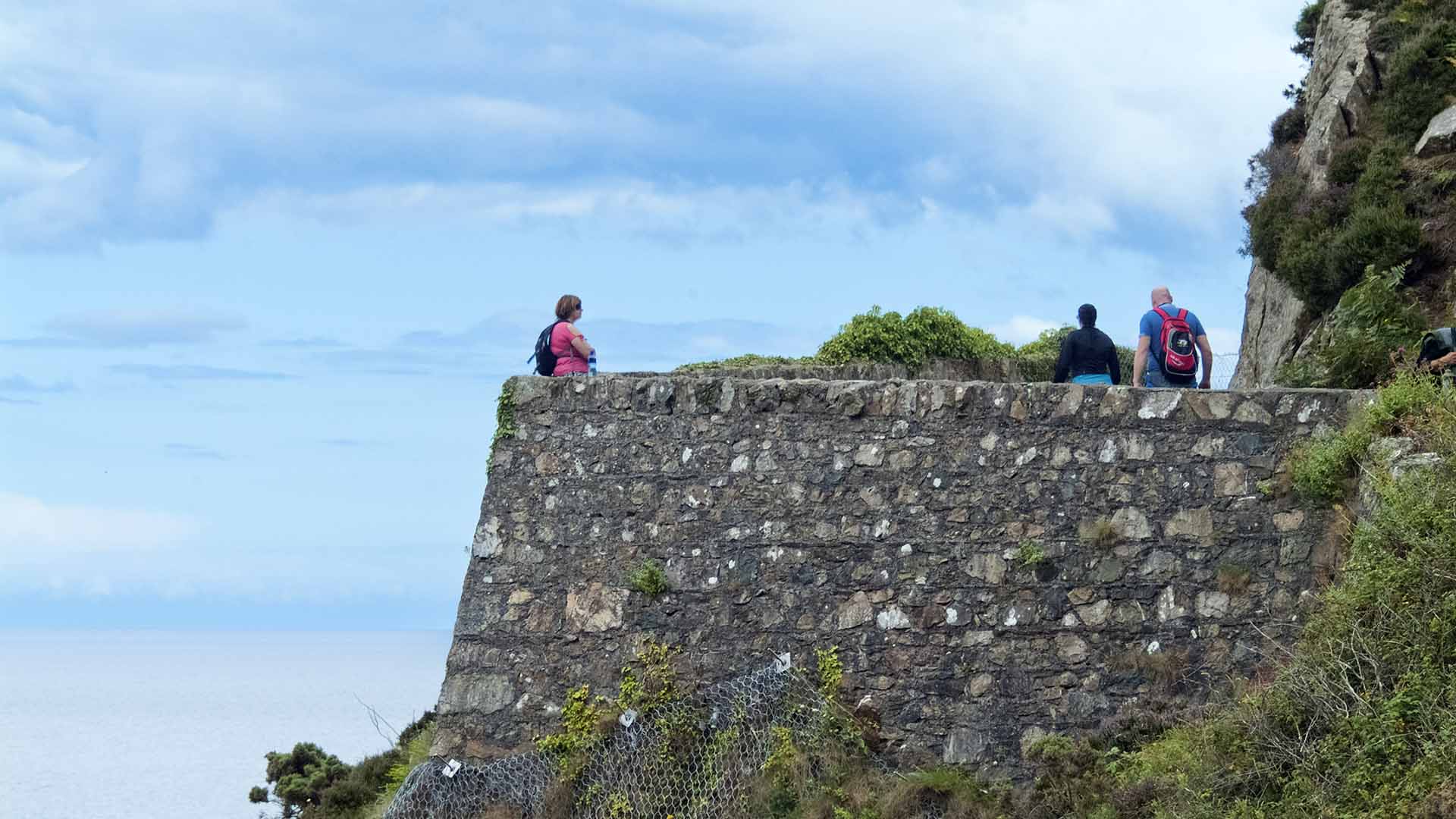
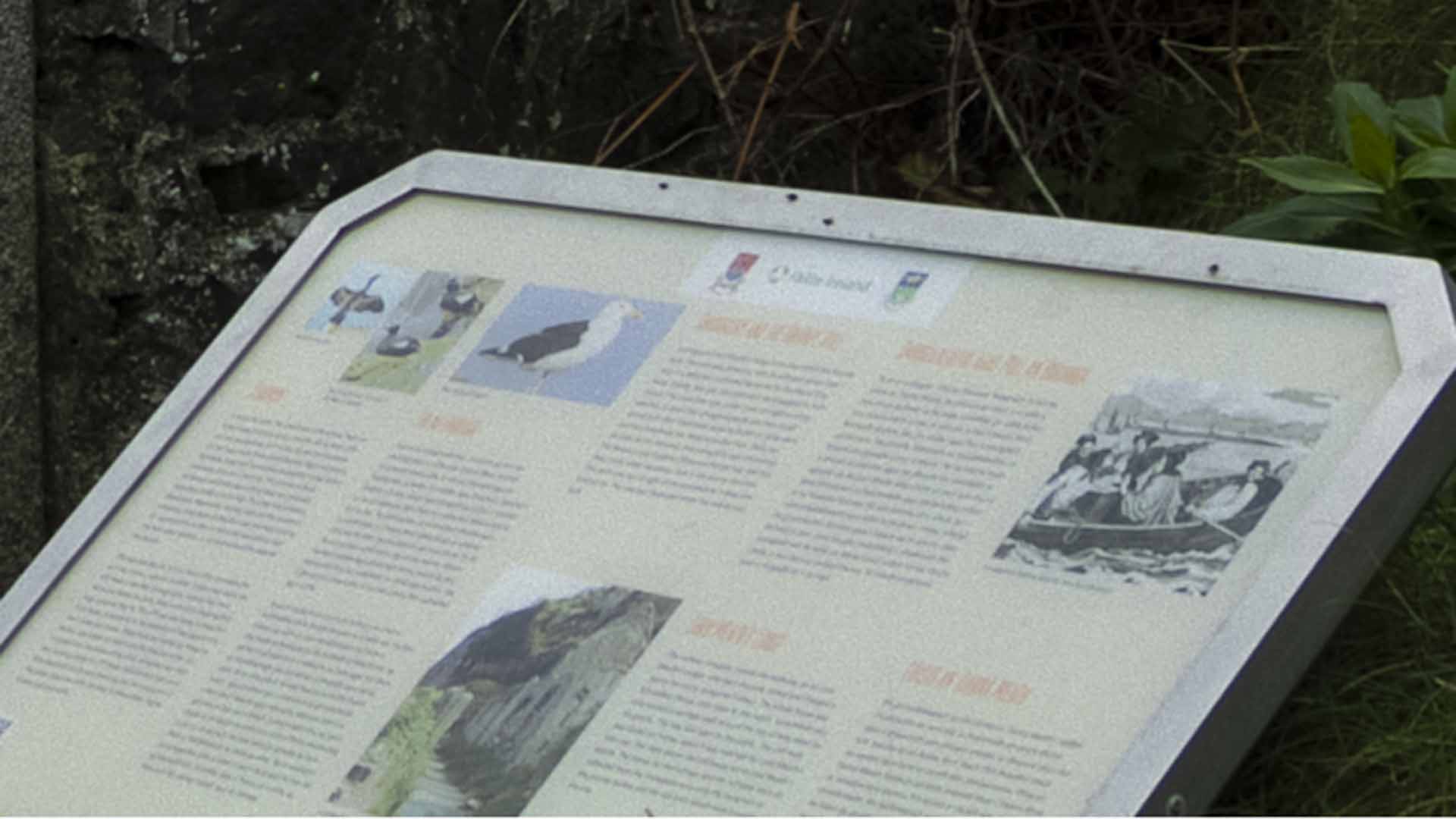
From above
Lord Meath’s Lodge
Lord Meath’s Lodge
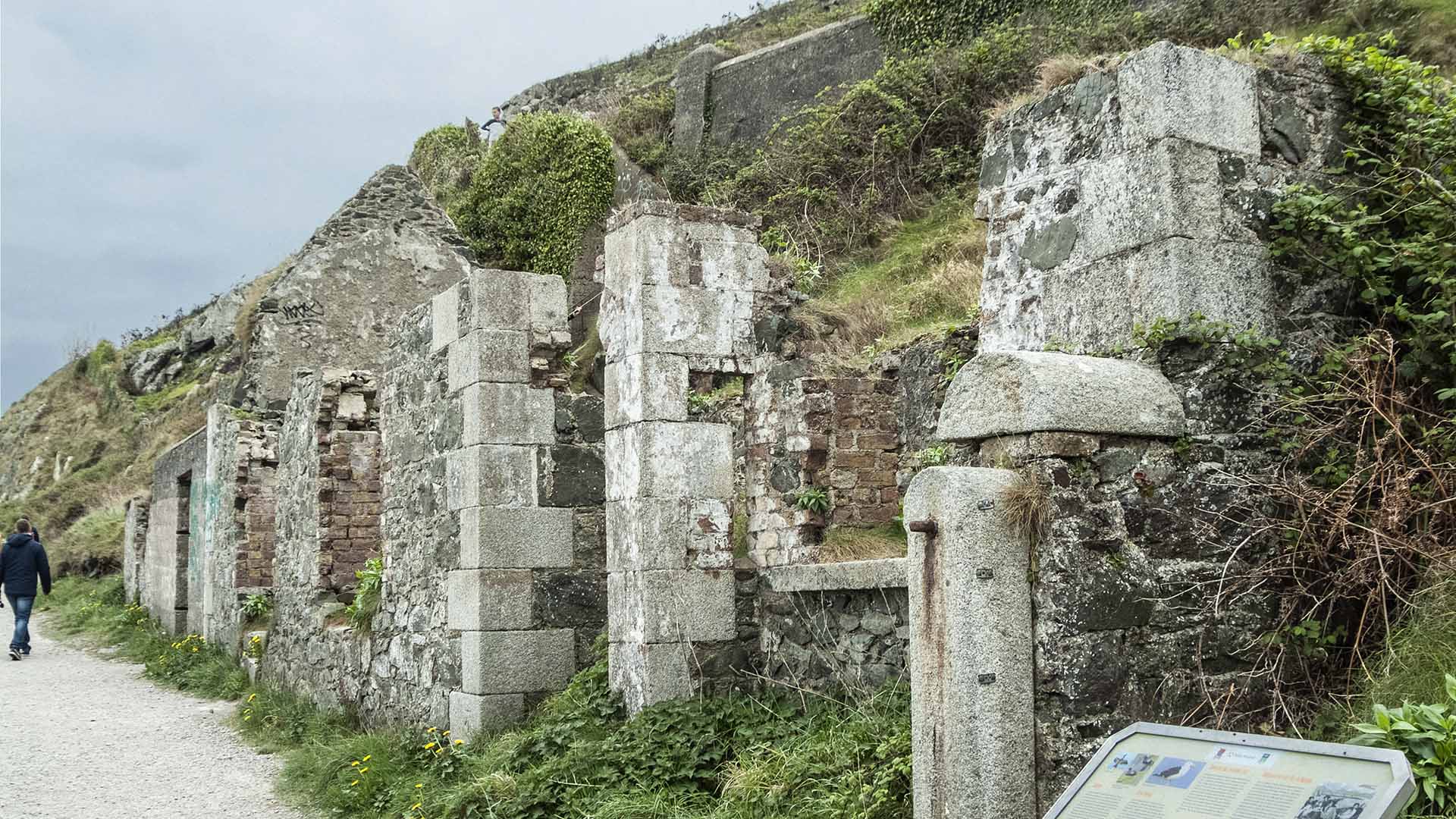
The railway company owned the walkway up to Lord meath’s Lodge, who kept the gate closed and charged a penny for entry, except on Fridays. The estate house was Kilruddary House, now open to the public. Lord Meath also constructed a carriage walk around the top of Bray Head for his guests. This was also open to the public. The cliff walk was closed on Fridays when it was reserved for Lord Meath’s own use. The steps above the toll house led to Lord’s Meath’s estate. The stones from the cottage and the toll gate were all collected from the immediate area with the exception of the granite quoins and the red brick which were brought to the site.
The railway company owned the walkway up to Lord meath’s Lodge, who kept the gate closed and charged a penny for entry, except on Fridays. The estate house was Kilruddary House, now open to the public. Lord Meath also constructed a carriage walk around the top of Bray Head for his guests. This was also open to the public. The cliff walk was closed on Fridays when it was reserved for Lord Meath’s own use. The steps above the toll house led to Lord’s Meath’s estate. The stones from the cottage and the toll gate were all collected from the immediate area with the exception of the granite quoins and the red brick which were brought to the site.
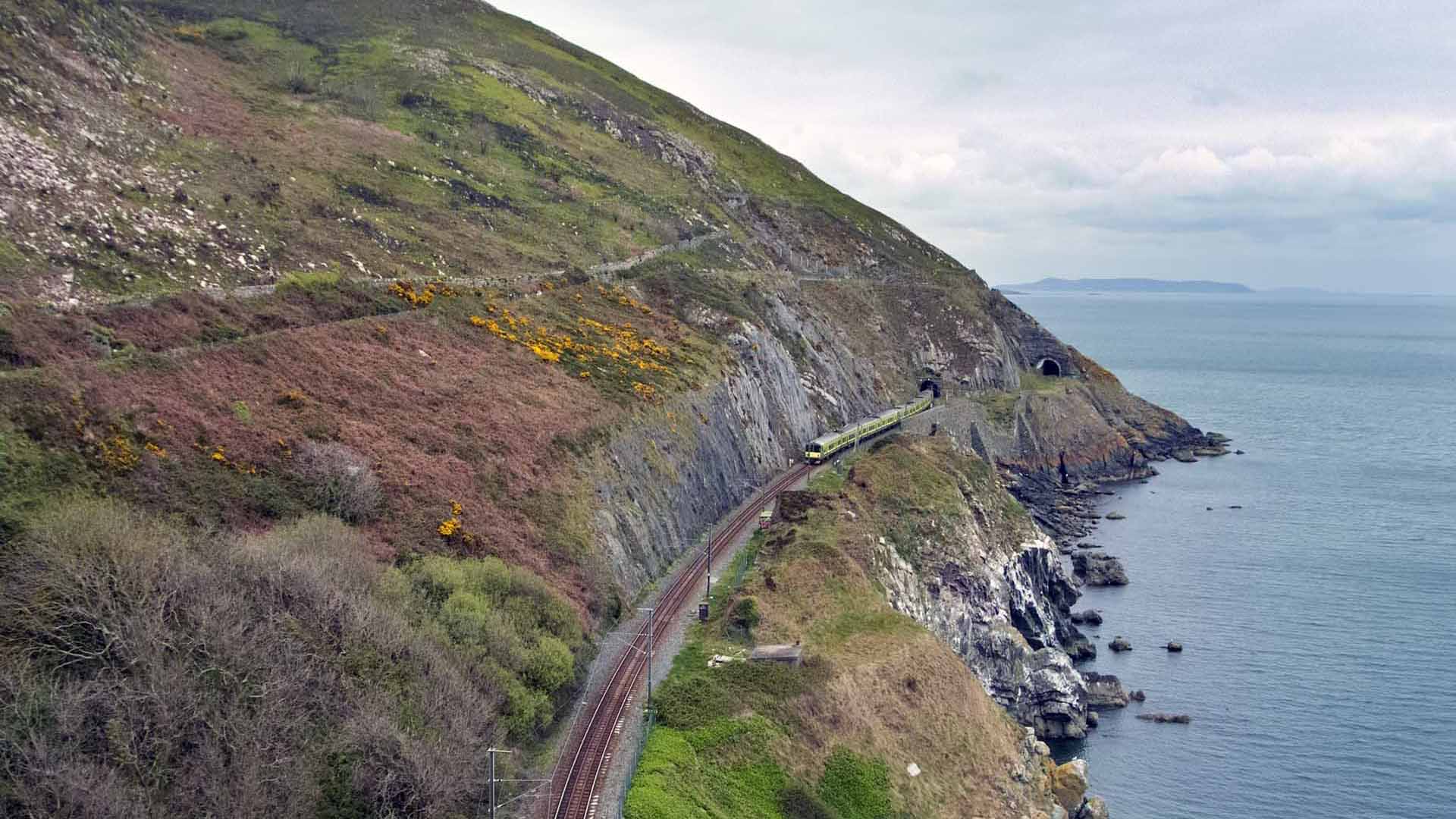
Dublin to Rosslare Train Line snakes its way as it hugs the cliff to Greystones, allowing people to return to Bray by Train (slackers).
Dublin to Rosslare Train Line snakes its way as it hugs the cliff to Greystones, allowing people to return to Bray by Train (slackers).

The line was completed in 1856 by Isambard Kingdom Brunel, locals tell me this line was realigned six times and can still be described as most dramatic.
The line was completed in 1856 by Isambard Kingdom Brunel, locals tell me this line was realigned six times and can still be described as most dramatic.
The line is known as Brunel’s Folly because it was extremely expensive to maintain.
The line is known as Brunel’s Folly because it was extremely expensive to maintain.
From time to time they run a steam train.
From time to time they run a steam train.
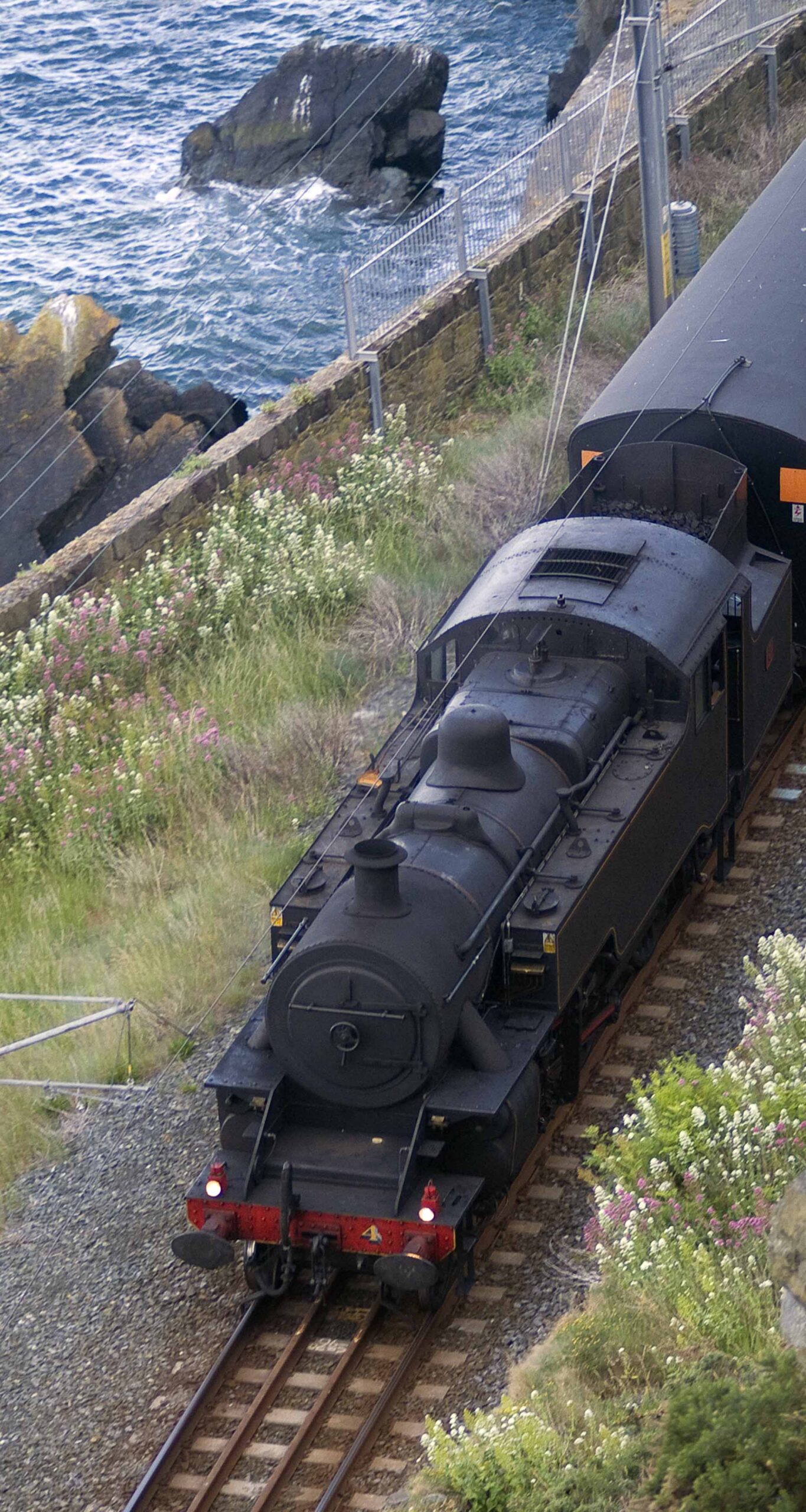
The path was originally built for movement of equipment and construction workers to lay rail line, but thankfully survives for our enjoyment.
The path was originally built for movement of equipment and construction workers to lay rail line, but thankfully survives for our enjoyment.
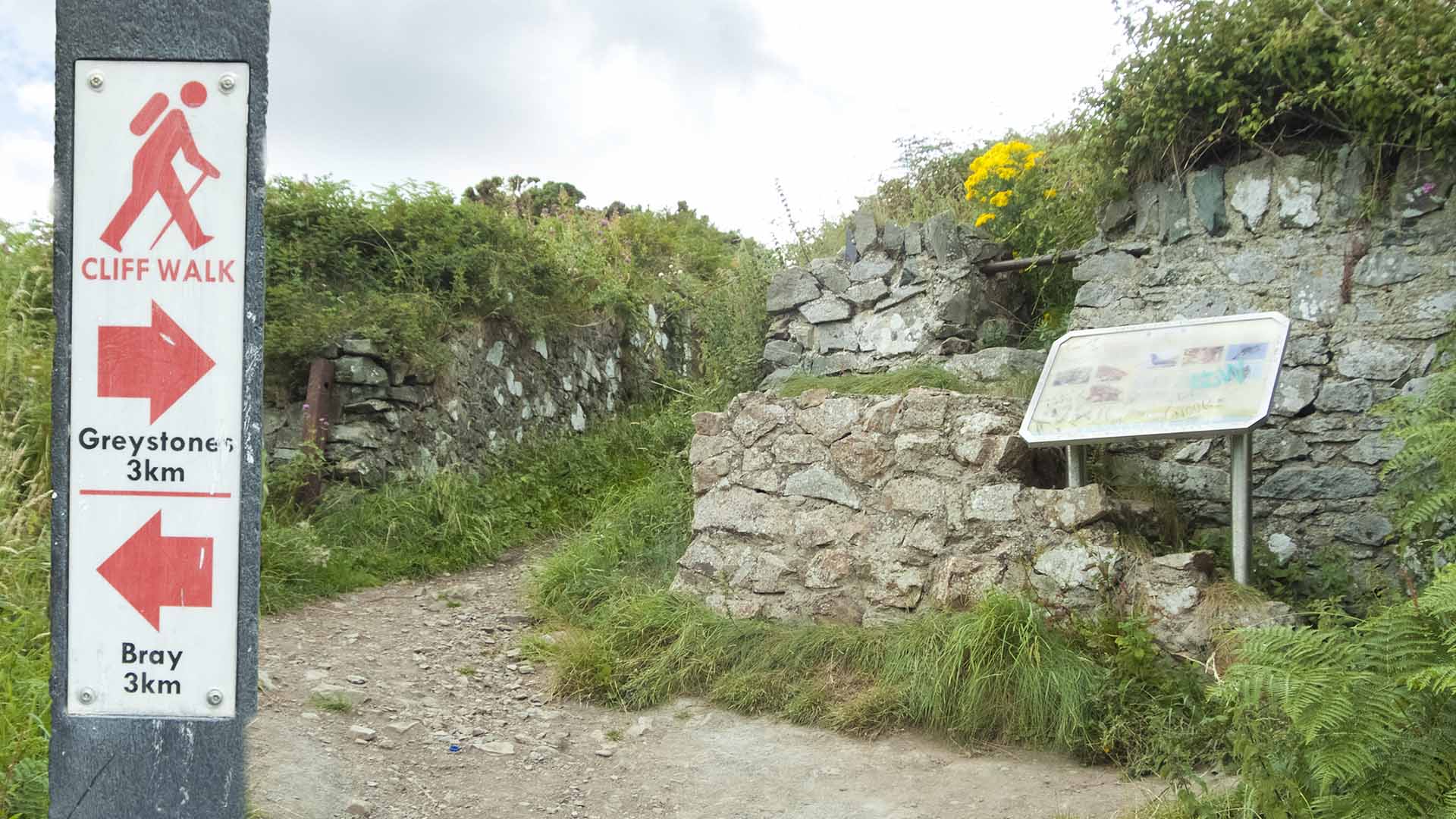
Please take time and enjoy these wonderful ease coast views, it normally takes me three hours but I do bring my camera. To learn how the Train first arrived in Bray visit Dargan’s Railway
Please take time and enjoy these wonderful ease coast views, it normally takes me three hours but I do bring my camera. To learn how the Train first arrived in Bray visit Dargan’s Railway
At this point, it’s possible to access upper walk and Bray Head Cross (Hillwalkers only)
At this point, it’s possible to access upper walk and Bray Head Cross (Hillwalkers only)
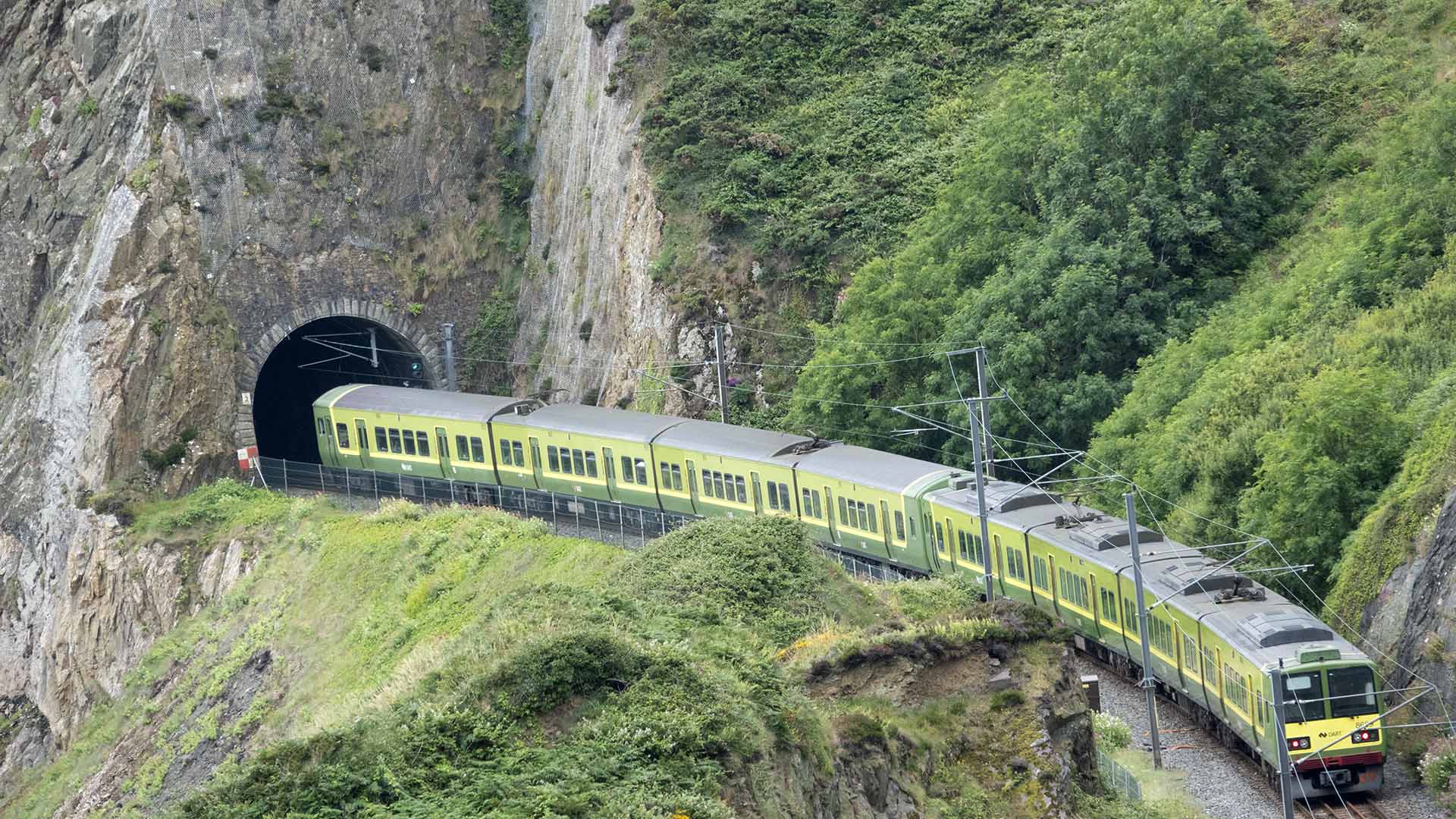
It is believed that a walkway along the cliff existed between Bray and Greystones from medieval times. The Cliff Walk, as it exists today, was developed in the 1840s to provide access for materials and workers to the cliff face during the construction of the railway which Bray to Greystones and onwards to Wicklow.
It is believed that a walkway along the cliff existed between Bray and Greystones from medieval times. The Cliff Walk, as it exists today, was developed in the 1840s to provide access for materials and workers to the cliff face during the construction of the railway which Bray to Greystones and onwards to Wicklow.
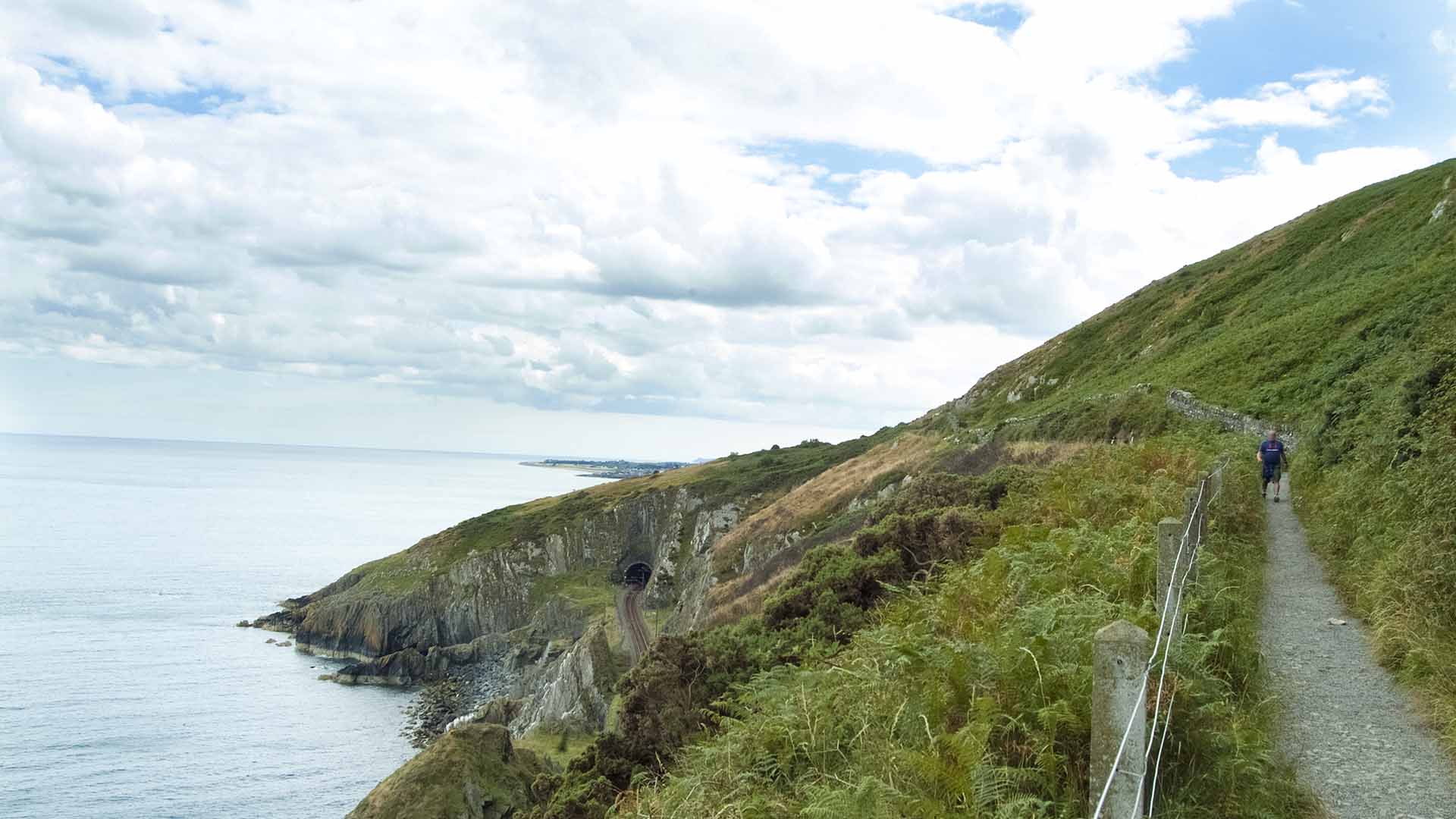
At the time of the railway’s development, Bray was a small village and Greystones’ population was only 93 people. The coming of the railway between 1854 and 1856 placed both settlements within easy reach of Dublin city, and so led to the transformation of Bray and Greystones as fashionable resorts and desirable residential towns.
At the time of the railway’s development, Bray was a small village and Greystones’ population was only 93 people. The coming of the railway between 1854 and 1856 placed both settlements within easy reach of Dublin city, and so led to the transformation of Bray and Greystones as fashionable resorts and desirable residential towns.
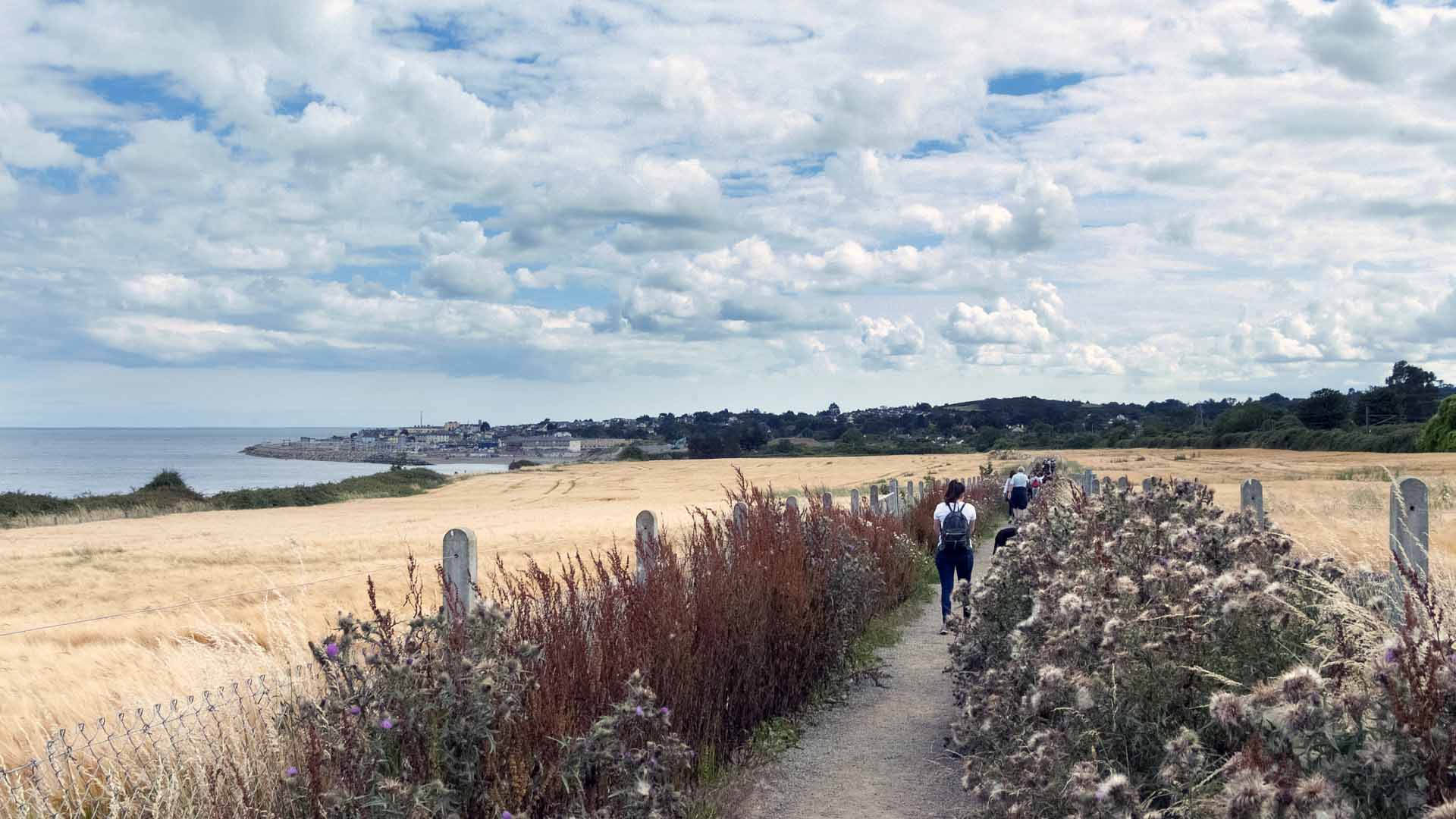
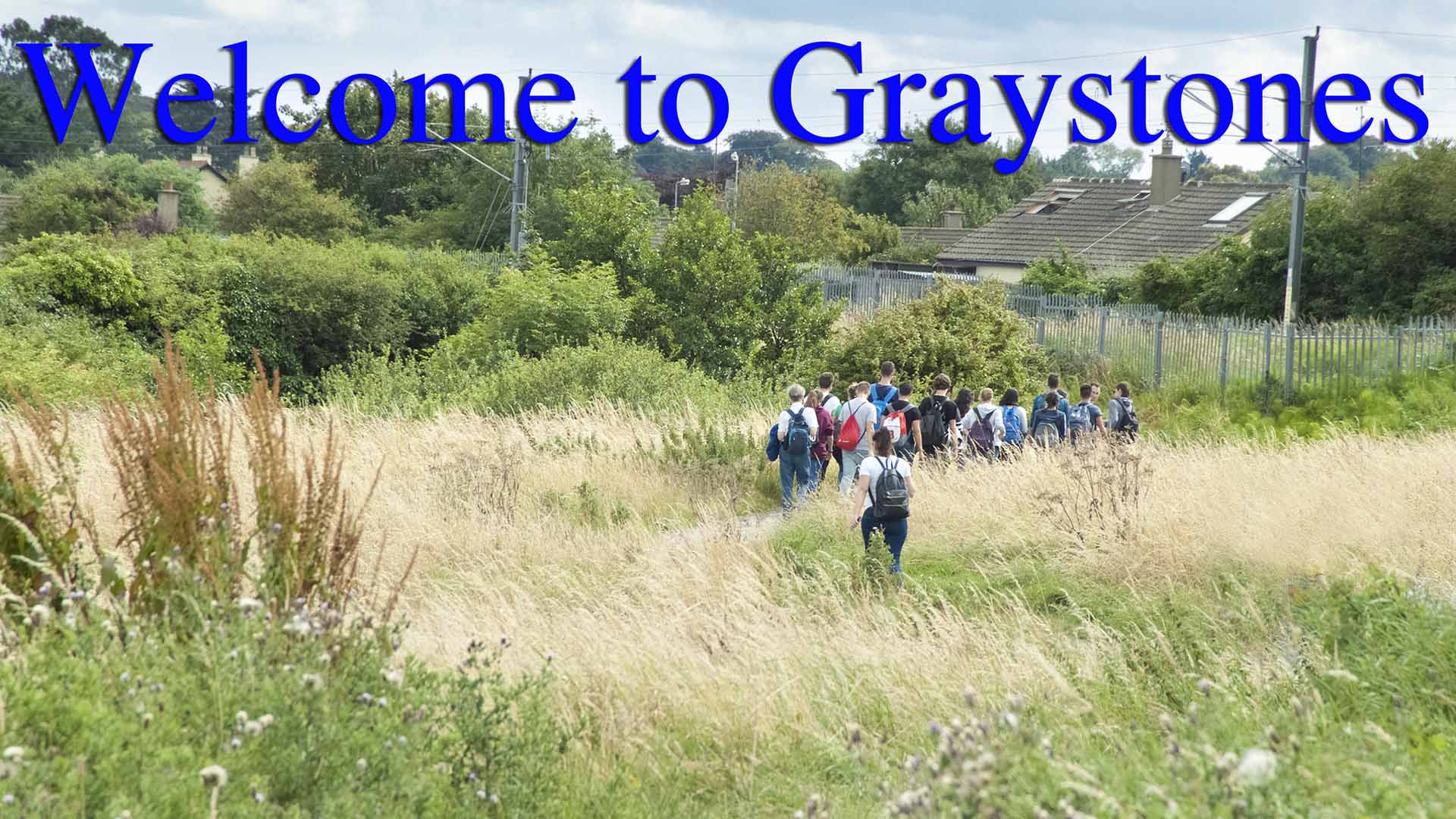

Howth Cliff Walk
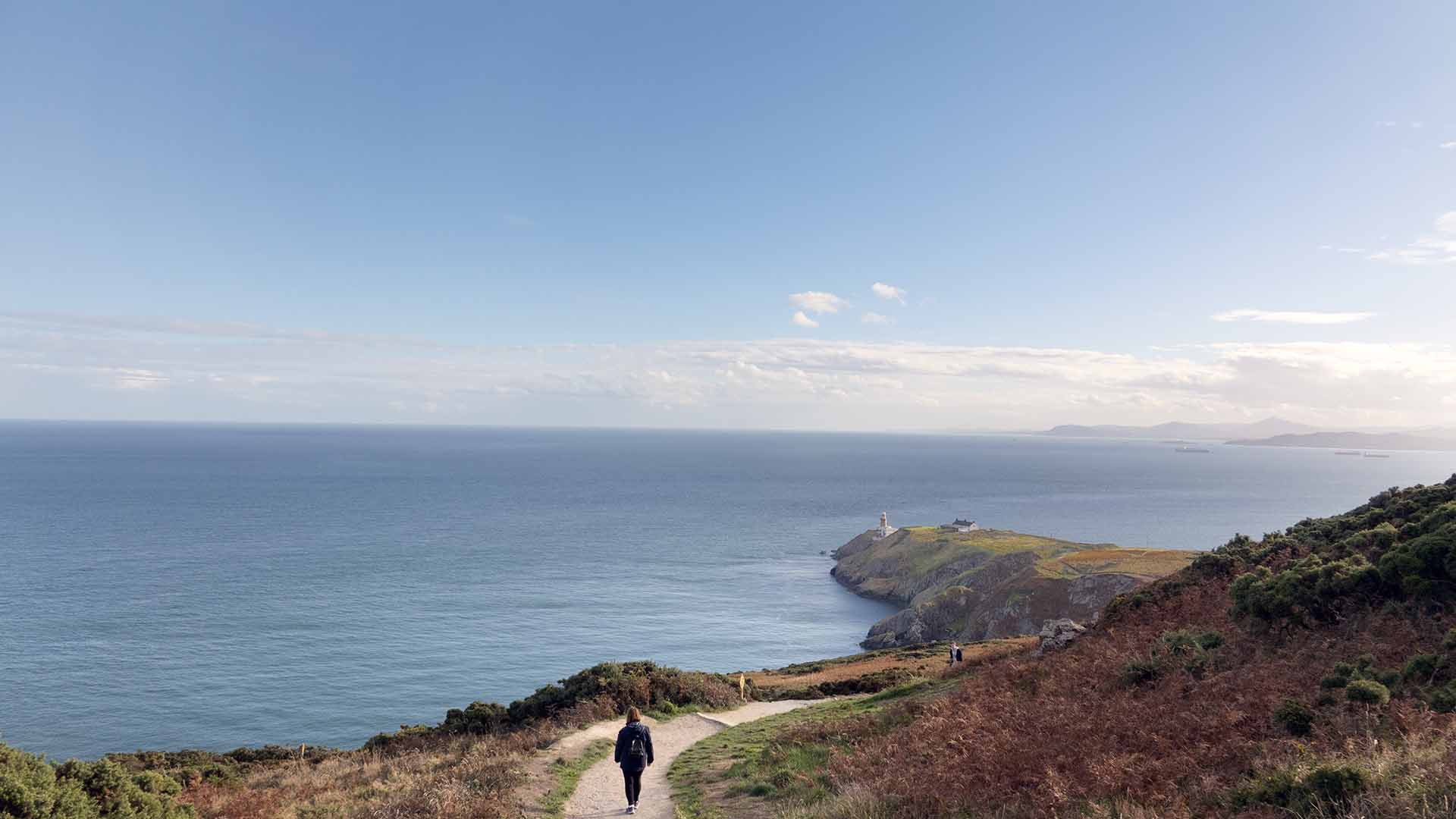

Walk to Bray Head

